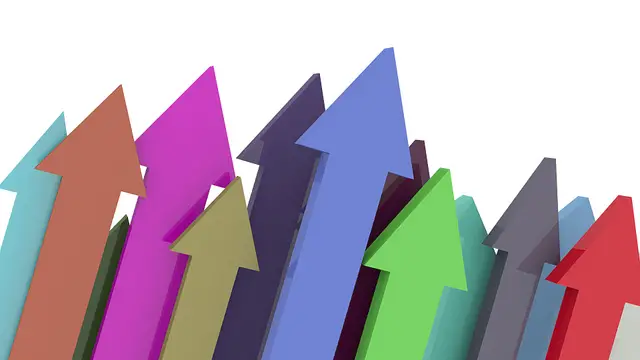 There’s been quite a bit of chatter, from news sources to social media, about the potential for further hikes in interest rates. And although interest rates still remain at historically moderate levels, rumors of further moves by the Fed abound. The question is: What are the effects of rising interest rates?
There’s been quite a bit of chatter, from news sources to social media, about the potential for further hikes in interest rates. And although interest rates still remain at historically moderate levels, rumors of further moves by the Fed abound. The question is: What are the effects of rising interest rates?
Generally speaking, the effects of rising interest rates is more pain on consumers’ wallets. As a matter of monetary policy, the Fed tries to keep a lid on rising interest rates to boost spending on the consumer level. When financial institutions, like banks and credit unions, are charged a minimal fee for borrowing money directly from the government, the theory is that those same institutions will turn around the allow individual consumers like you and me to borrow from their newly replenished reserves at a relatively low cost.
When that cost, also referred to as the interest rate, is low, new loans are more affordable. This applies to home purchases, cars, personal spending, and other financing needs. On the flip side of that coin, low interest rates provide very little incentive for individuals looking to save in short-term vehicles, like savings accounts or certificates of deposit.
While rising interest rates benefits savers, they also are a boon to financial institutions who lend money to consumers and businesses alike. On the other hand, higher loan costs have a drastic effect on a borrower’s wallet. Let’s take a new car loan as an example. It is not unheard of to secure auto financing for 3% in today’s current interest rate environment. If you were to borrow $25,000 at a 3% interest rate, your monthly payment would be $449, fixed for 60 months. The same auto loan at a 5.5% interest rate would cost you $478 per month.
That may not seem like much of a difference on its face. But the total cost of loan A is $26,953, and $28,652 for loan B. Over the duration of your five-year loan, you would effectively be paying just about $1,700 more for the same vehicle.
Continued rising interest rates may not have such a drastic effect on short-term lending. However, an increase in the cost of doing business will ultimately trickle down to you as the consumer. Financial institutions charge more for the same loans they currently provide. As such, interest rates on nearly all lending products also increase over time. The good news is that savers have more places to put their money. And many of those are far removed from the risk of stock market investments. Overall, rising interest rates are both good and bad. So be sure to consider both sides prior to making any new financial moves.
Photo Credit: FutUndBeidl

Thanks for sharing your perspective on rates. It’s hard to believe that interest rates have been so low for so long. I’m really curious to see how people cope, especially those who have taken on debt for big ticket purchases like homes and cars.
Thanks again for explaining your forecast!
Smart if you locked in a fixed rate on a home. Purchasing power will start to erode as rates rise(amongst other factors), eventually causing real estate prices to level off.
After a decade of searching for yield I look forward to higher rates for savers.